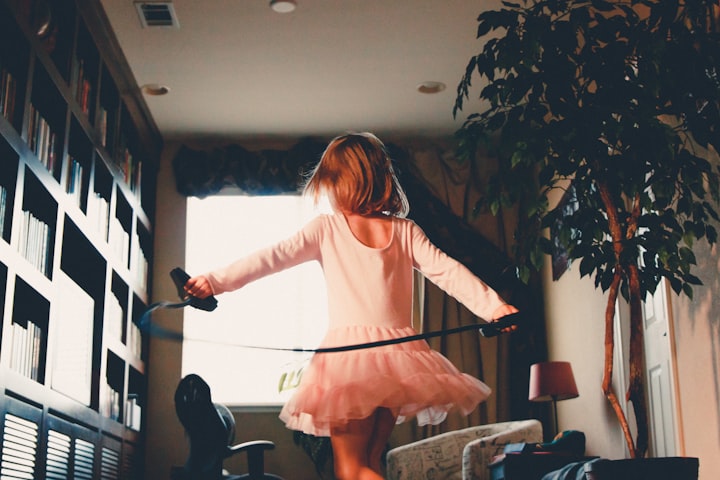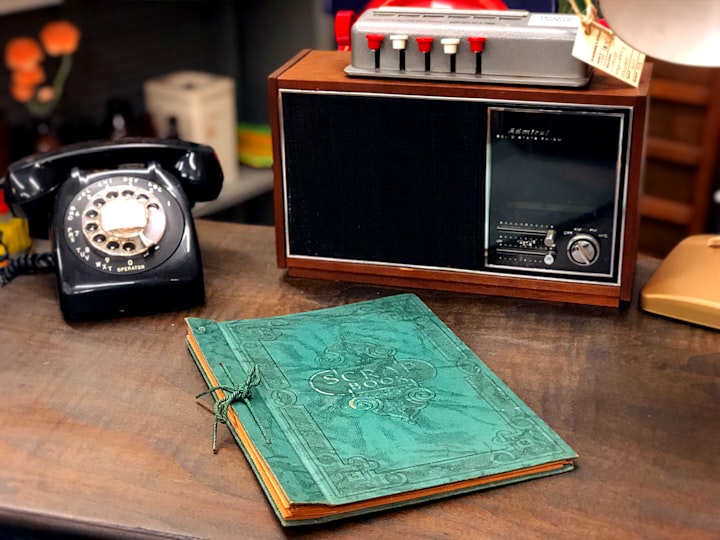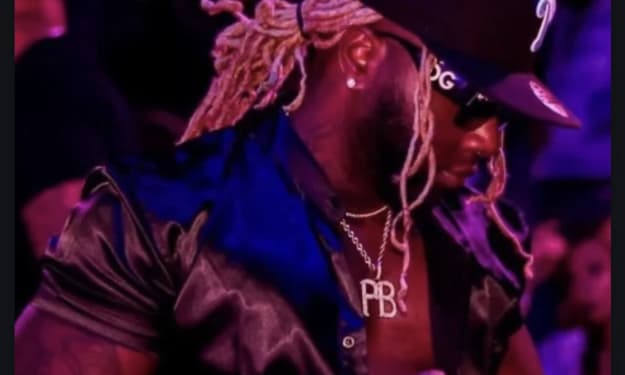Singing With My Jump Rope Microphone
Pretending to be great women singers of the 1970s

My parents have an amazing record album collection, dating back to the mid-1960s. Their favorite was, and still is, folk music, with some Broadway showtunes and country mixed in. A child of the 1970s, I heard all of it come out of their stereo, as my sister and I would dance and run circles around our dining room table. But as I got a bit older, some of these songs gave me my first career ambition: I WANT TO BE A SINGER!
I realized recently that, while the early 1970s pop music blaring out of my parents' kitchen and car radios was male-dominated, with great artists like B.J. Thomas, Jim Croce, Don McLean, and Paul Simon, my parents' record albums abounded with female voices. I had so many great examples of women singers to pretend to be, holding my jump rope like the microphones I'd seen on TV variety shows.
The first female singer I remember hearing on my parents' Hi-Fi was Dionne Warwick in about 1970. I was about three years old, and, to my ears, she sounded so different from the singers I'd heard on my Disney movie records. I was confused but spellbound, in awe of her smooth and complex songs such as Burt Bacharach and Hal David's "Say a Little Prayer":
As the 1970s continued, I got to hear many women singers on my parents' records, each with her own style and message. Joan Baez's powerful voice and incredible range added weight to her folk songs, old and modern. Here is the one my mother liked the most, and therefore played on the stereo the most often. It is "The Night They Drove Old Dixie Down", a song about the US Civil War era written by Robbie Robertson of The Band:
Joan sang this song in my mother's key, so my mother sang along with the song whenever she could. Some other songs she listened to in the afternoons while steeped in household chores were sung by women whose voices she could not imitate as well, but I could tell she loved them also.
One of these women was the late, great Olivia Newton John, who began her hit-making recording career singing country crossover hits. I must have seen a photo or video of her singing with a microphone, because I imitated her movements with my jump rope as I sang with her records, like with this 1973 hit, "Let Me Be There", written by John Rostill and featuring the voice of Mike Sammes:
A quirkier voice from my early childhood was that of singer-songwriter Melanie Safka, then known as simply, "Melanie". Her "Brand New Key" song ("I got a brand new pair of roller skates..."), was her biggest hit, but I loved to hear and sing "Look What They've Done to My Song", as it was one of my parents' favorites that they would both sing around the house. Released in 1970, it was written by Safka and HM Saffer II. Little did I know, and my parents may not have realized, its words could be a feminist anthem:
I'm glad some of these women sang with guitars. I'm sure that had something to do with my wanting to learn to play the guitar when I was fourteen.
My favorite woman singer of my jump rope microphone years was actually not a woman, but a girl in her early teens who had the voice of a woman twenty years older. My parents had more than one Tanya Tucker album. I was amazed when they told me how young she was, and it gave me hope that I could be a professional singer even before I grew up.
I only had album covers to look at and imagine Tanya in performance, but here is a 1973 clip from the TV show, Hee Haw, featuring teenage Tanya singing the song I sang into my jump rope handle the most--"Delta Dawn", written by Alex Harvey and Larry Collins:
Hellen Reddy had the big radio hit with "Delta Dawn", but for me, nothing beats Tanya Tucker's version.
As the 1970s music moved into the disco era, my parents weren't keeping up with new music as much as I was. I didn't have an opportunity to practice my vocal skills to newer songs in the living room by their stereo. I would have to practice my singing in my bedroom with the radio from that time on.
While a hairbrush replaced my jump rope as a microphone as I sang to my mirror, the style of music was changing, but my enthusiasm for pretending to perform it did not.
One of the first songs I remember singing to my mirror was the perfect song to accompany my nerves about growing up and starting junior high school. It is 1978's triumphant "I Will Survive", written by Dino Fekaris and Freddie Perren and sung by the amazing Gloria Gaynor:
And finally, I will end this with one of the last songs I remember singing into a hairbrush to my bedroom mirror. It was the beginning of the MTV era, and I was in high school. Yet, this song brought back the dreams I had as a little girl of being a singer. Sung by lead singer of the band, Scandal, Patty Smyth, (not to be confused with Patti Smith, whom I would discover a few years later), here is the 1982 hit written by Zack Smith, "Goodbye to You":
Patty really worked that cordless jump rope microphone! Or should I say her jump rope handle microphone?
I still haven't become a professional singer, but I'll say a little prayer, not let them do anything to my song, and I will survive! Goodbye to you!
About the Creator
Rebecca Morton
An older Gen X-er, my childhood was surrounded by theatre people. My adulthood has been surrounded by children, first my students, then my own, and now more students! You can also find me on Medium here: https://medium.com/@becklesjm






Comments
There are no comments for this story
Be the first to respond and start the conversation.